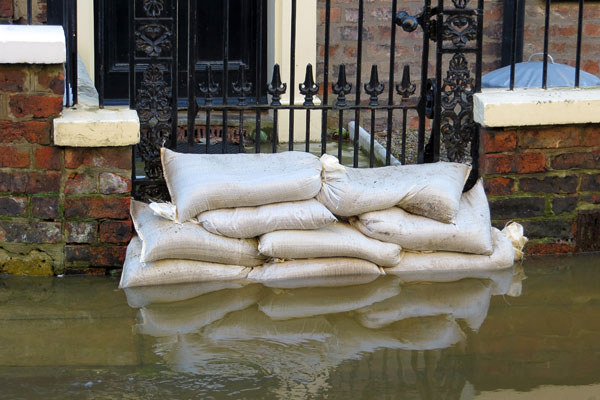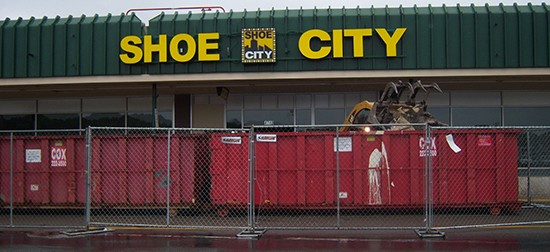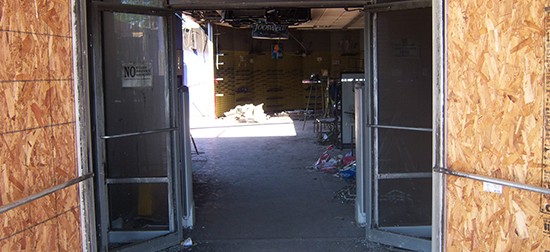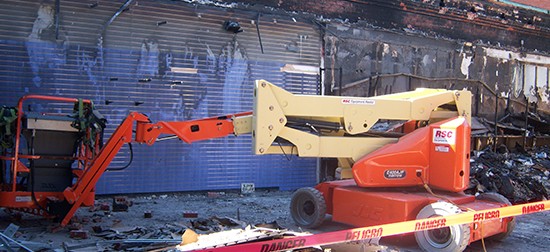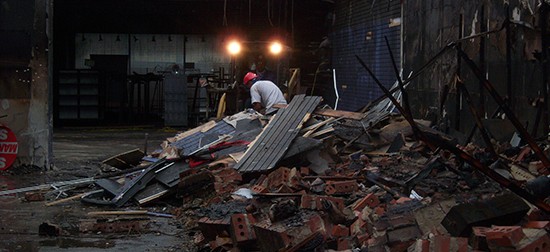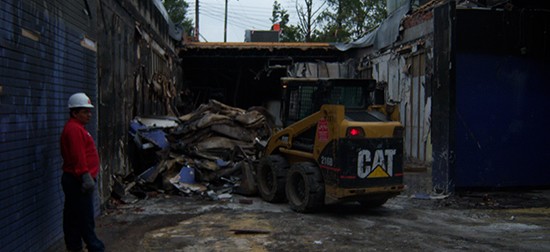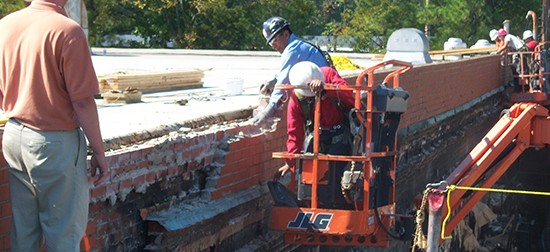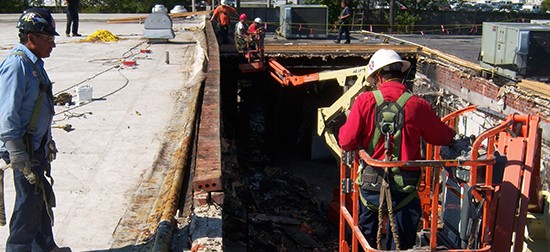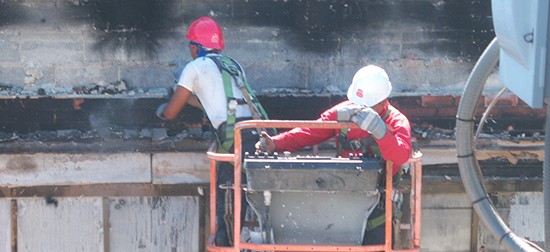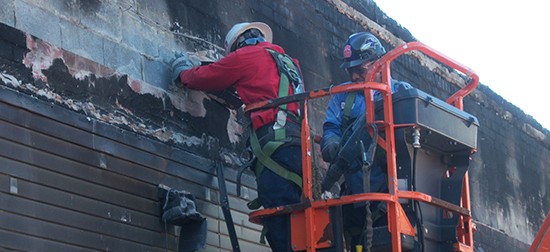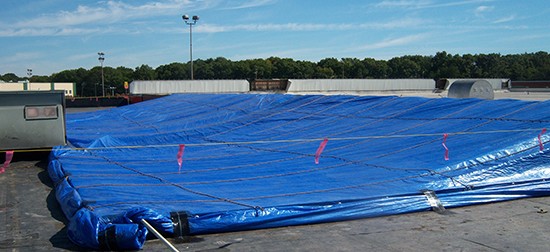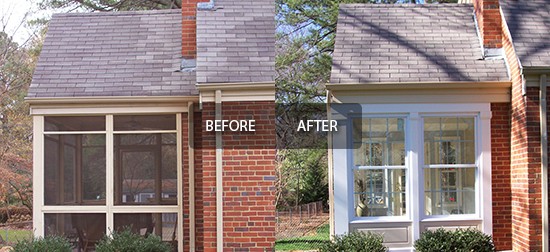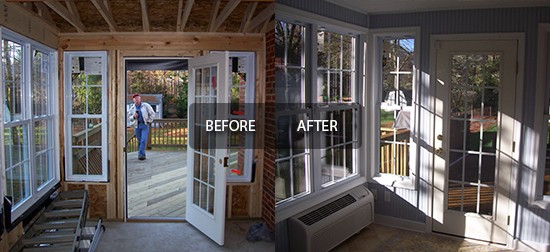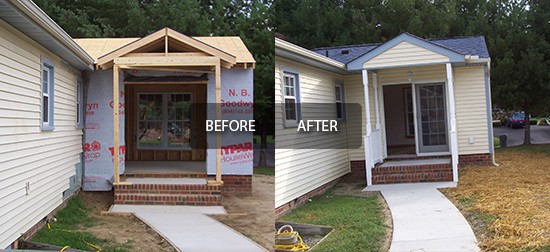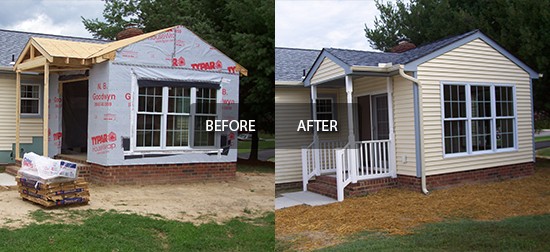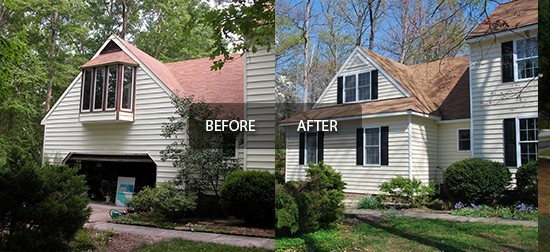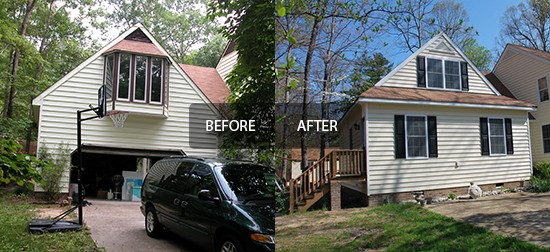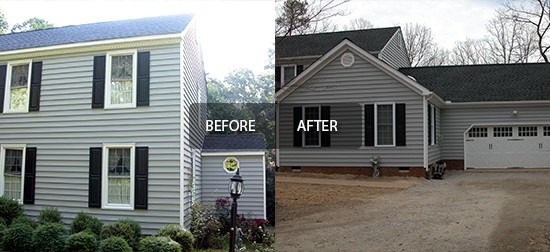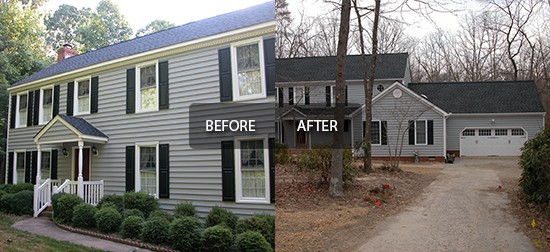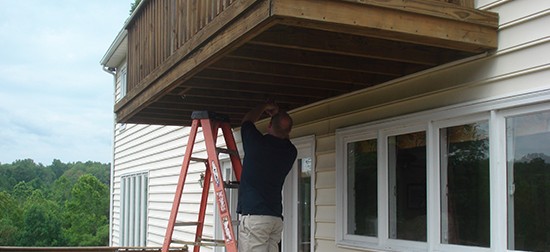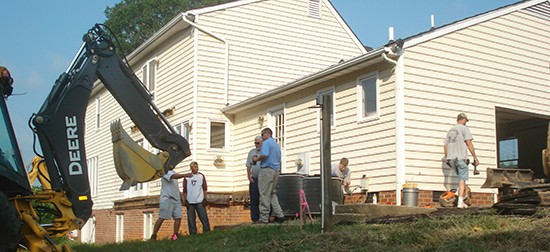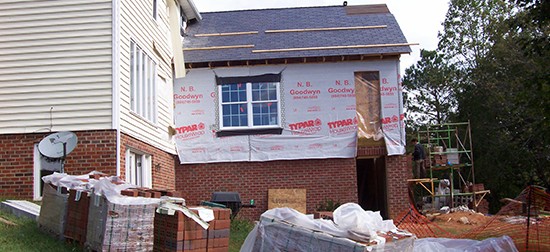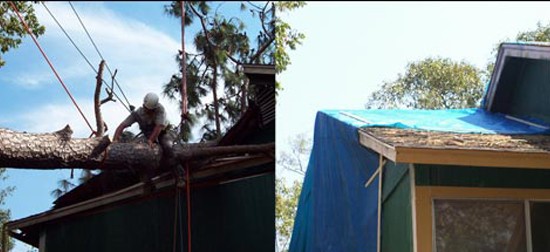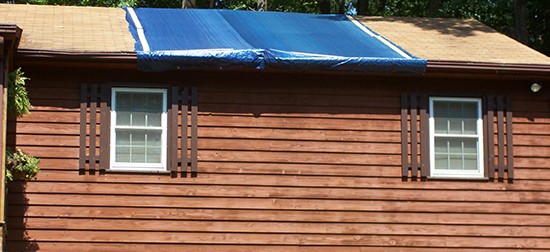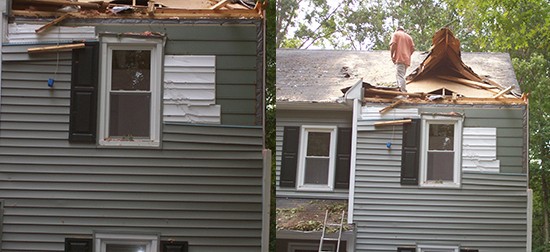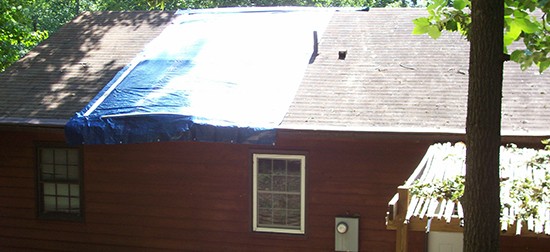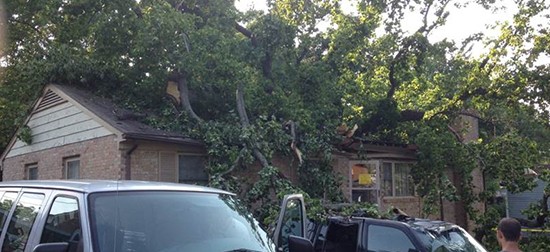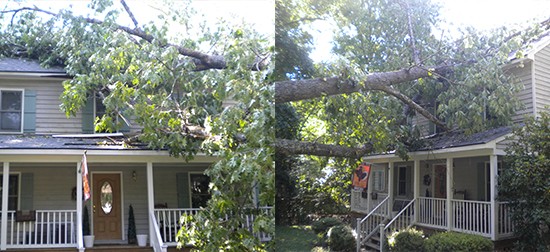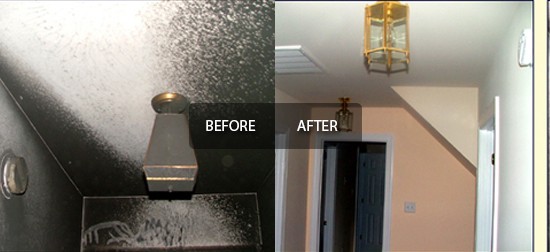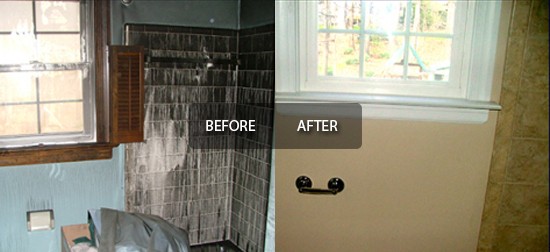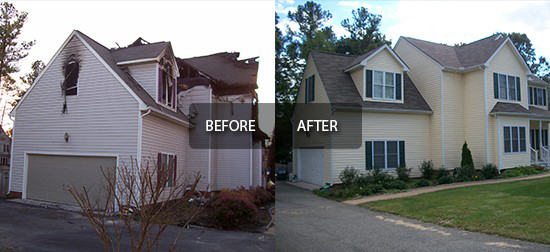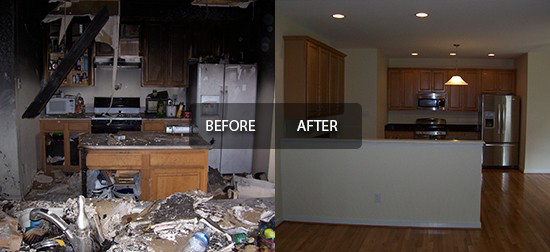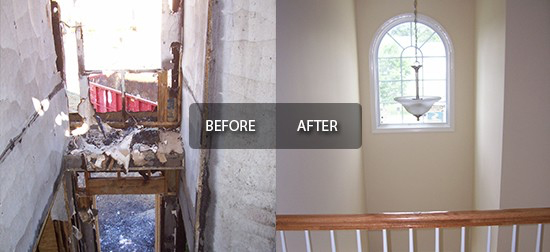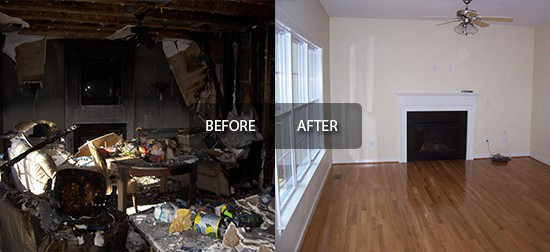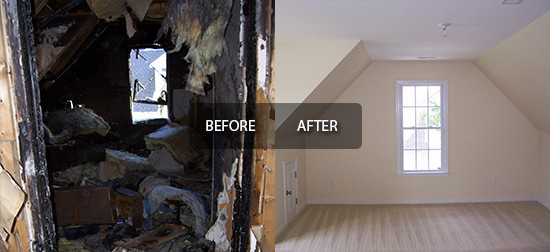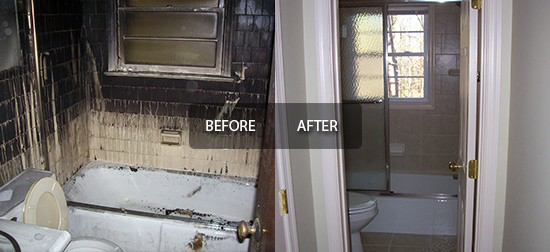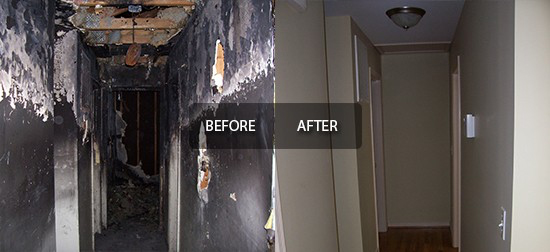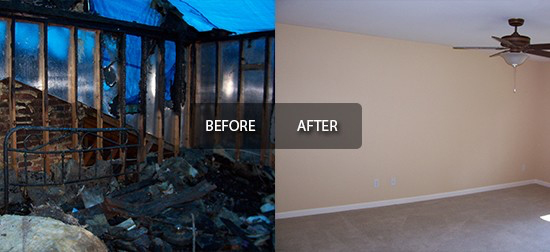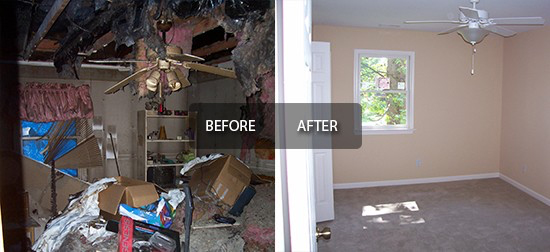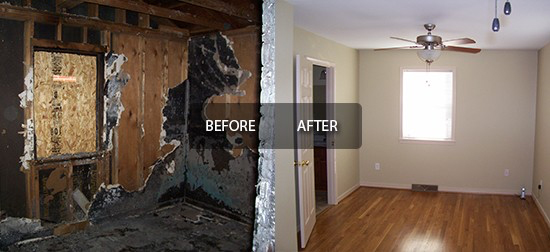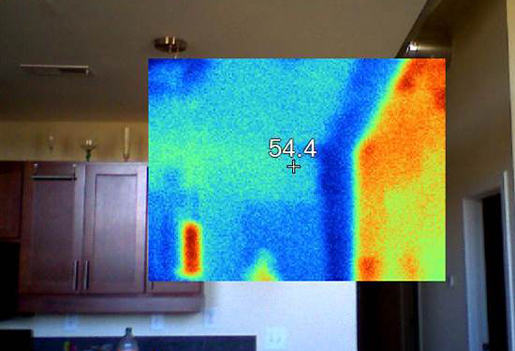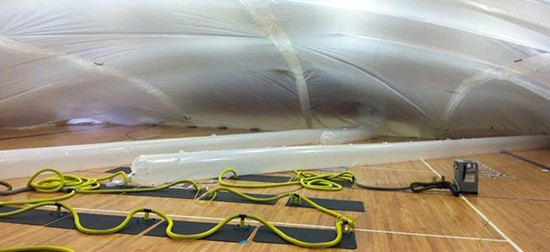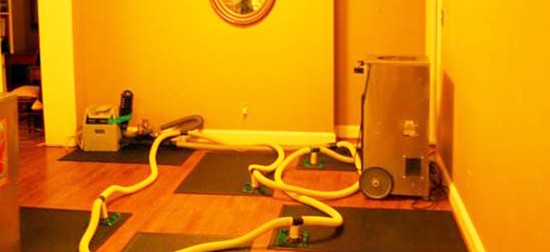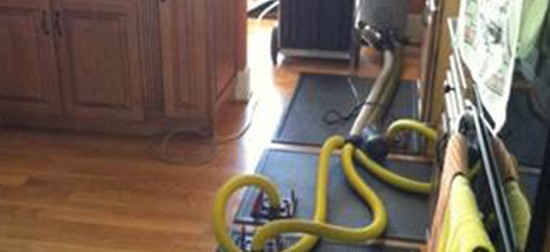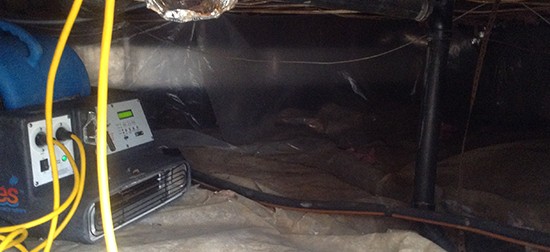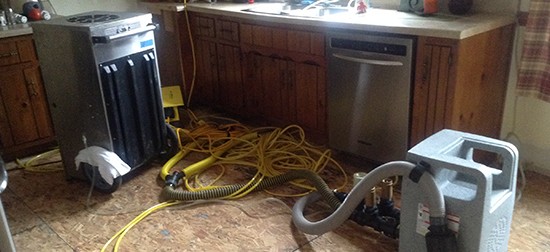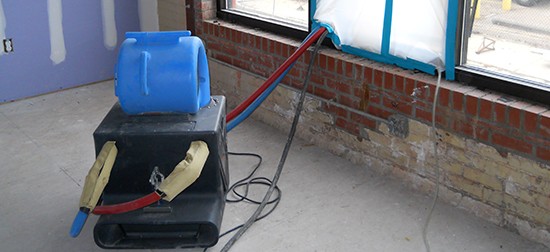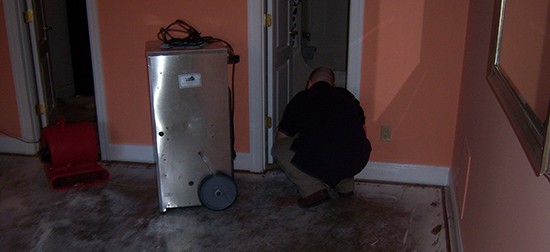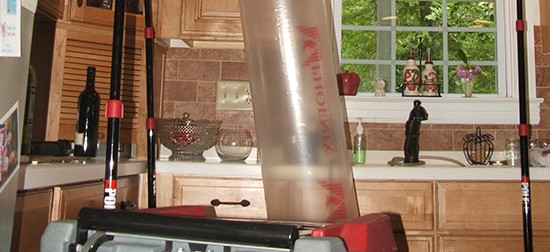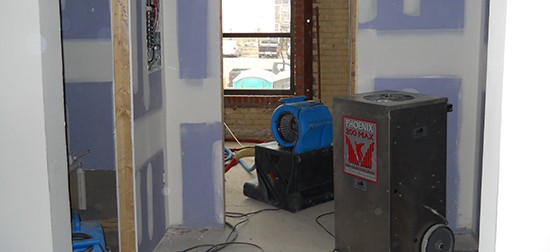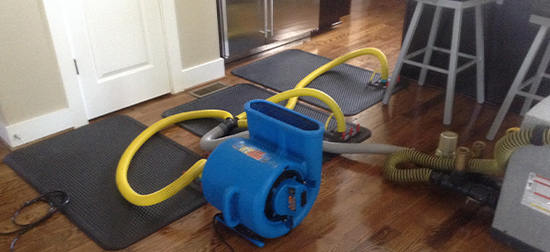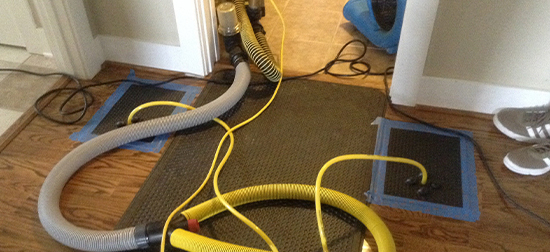Sandbags are often used to create a retaining wall, stopping flood water in its tracks. This makes them a highly useful tool, especially in beach towns and homes near rivers or creeks.
Even if you don’t live in an area prone to flooding, it can be a great idea to purchase sandbags. Sandbags really are one of the best products for a survivalist’s stockpile. From creating a flood barrier to making a portable compost container for your garden, there are tons of ways that you can use sandbags around the house.
Here are some cool ways that you can use sandbags year around, regardless of whether or not it is raining or flooding in your area.
What is a sandbag?
As you probably know based on the name alone, a sandbag is a burlap or a polypropylene bag that is filled with sand, though you can find them filled with other items like dirt or rock. Normally, these bags will weigh around 40 pounds and be 14 by 26 inches. When exposed to the elements, you can expect these bags to last for about a year.
The most common use for sandbags is to hold back water. For example, areas that are prone to heavy flooding often have many bags on hand so they can place the bags as a barrier around different buildings. This allows the water to be kept at bay, minimizing the amount of water damage.
Often, water damage still occurs simply due to the amount of water. You will likely need to hire a professional water damage restoration company in the case of water damage. Typically, you only use sandbags in severe flooding issues.
Unique Ways to Use Sandbags in Richmond
If you have sandbags, you may want to use them elsewhere in your home so that they don’t go to waste. Here are some other ways to use sandbags in your home:
1. Prevent Soil Erosion
If you live on a hill or by a creek, then water run off may cause the soil to erode. Instead of letting the soil continually erode, use sandbags to keep the soil in place. For this tip, the sandbags will basically act as a retaining wall.
Simply place completely full sandbags along the part of the hill or creek that is slipping. If you need to place the bags under water, you don’t have to worry about them slipping away since they are heavy enough to stay in place.
2. Give Traction
If you commonly drive your vehicle in areas with heavy mud, consider keeping sandbags that are lightly filled in your back seat. Whenever your car gets stuck in mud, you can place the lightly filled bags underneath your tires. This will provide your vehicle more traction, allowing you to get unstuck.
Just make sure that you tie the sandbags tightly together. This will prevent it from moving too easily or getting tangled in the tire.
3. Insulation
Sandbags make wonderful, off-grid insulation. Store them in a barn, storage shed, or garage for cheap and effective insulation purposes. For maximum efficiency, place the filled sandbags between the interior and exterior walls.
This is also a great idea for keeping livestock warm. It helps keep your animals comfortable without paying extra for professional installation or heat. When using it to keep livestock warm, it’s best to add two layers of the sandbags.
4. Keep Water Feeders Protected from Freezing
You can even use filled sandbags to keep water feeders from freezing during cold nights and winter months. Simply stack a bag or two around the water feeder so that the outsides are covered. This gives the water a little bit of insulation, so it does not freeze.
If you are sincerely worried about water feeders freezing even with the sandbags, add a few water bottles filled halfway with salt to the water feeder. This will lower the freezing point without making the water taste salty.
5. Counter Weight
If you need counterweight for a home DIY job, then sandbags are an ideal choice. Just by using a few sandbags, you have a counterweight that is able to offset your own weight. Best yet, you don’t have to risk harming anyone or buying a new item.
6. Patches
The bags themselves are made out of very sturdy materials, normally burlap. This makes it a great item to use in case you need to patch up some other fabric, such as a tent, tarp, or backpack.
All you need to do is cut out a piece of the bag that is slightly bigger than the ripped piece on whatever it is you want to patch up. Then, sew the patch over the ripped portion. Although the patchwork may not be pretty, it will definitely be effective.
7. Gardening Containers
If you have empty sandbags, now may be a perfect opportunity to start composting. Sandbags are made out of material that is ideal for creating compost for your garden. All you need to do is fill the sandbag with compost. Then, lay it down flat in your garden.
With the compost-filled sandbag in your garden, cut a slit through the side facing the sky. Make sure that the slit is an inch or so away from either side panel. Now, you can easily place seeds into the compost-filled bag. This container will not only help keep your seeds from moving around, but they will nourish them to grow healthy and quickly.
One cool fact about this gardening container is that you will be able to move it with you. So, you can take your plants with you if you need to bug out or move to a new home.
Conclusion
Sandbags are one of the best items to use in the case of a serious flood. Luckily, the sandbags can be used in other ways around your home too. This allows you to get the most of your money in the case that no floods happen around your home.
Since sandbags are mostly used for floods, someone with extra sandbags may live in a flood-prone area. If you need a home restoration from a water or fire, contact RVS, a restoration company in Richmond VA.



